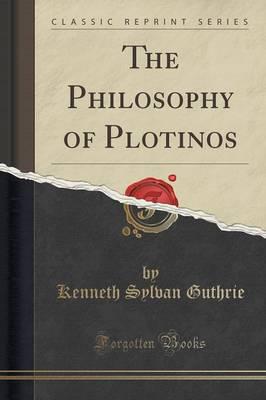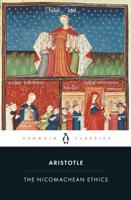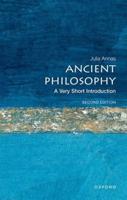Publisher's Synopsis
The Philosophy of Plotinos presents the philosophy of the famous titular philosopher, Plotinos. A student of Ammonius Saccas, Plotinos is an early philosopher of what became termed Neoplatonism. Born in 204 or 205 A.D., Plotinos would have been a follower of Plato.
The Philosophy of Plotinos is a brief and accessible read. Guthrie has presented the material in a logical order and does not weigh down the core philosophical principles with exposition. Early chapters introduce the philosophy of Plato and Aristotle, on which Plotinos' philosophy is developed. The Platonic Trinity (the Deity, the intelligible world of ideas, and the sense-world) is introduced early and serves as a foundation for much of the discussion following.
Following a simple introduction of the core principles on which Plotinos' philosophy is based, the books enters into the primary subject matter, which are the philosophies of Plotinos himself. For Plotinos, there is nothing else worthy of consideration but the soul. Thus, this book focuses on the seven elements of the soul that compose a human: The God, Universal Mind, Individual Mind, Reason, Sense, Vitality, and Matter. Each of these seven elements (or "realms") is devoted a chapter comprised of several pages, forming the meat of this work. Guthrie completes his presentation of Plotinos' philosophy with a brief look at reincarnation and ethics, as well as discussion on the philosopher's connection with Paganism.
At a swift 57 pages, The Philosophy of Plotinos is an excellent book on philosophy that is within the grasp of all readers. While those with a greater knowledge of philosophy will likely take more from this work, one could conceivably make this their first philosophical book. This book is an accomplishment by Guthrie, and is well worth your time.
About the Publisher
Forgotten Books publishes hundreds of thousands of rare and classic books. Find more at www.forgottenbooks.com
This book is a reproduction of an important historical work. Forgotten Books uses state-of-the-art technology to digitally reconstruct the work, preserving the original format whilst repairing imperfections present in the aged copy. In rare cases, an imperfection in the original, such as a blemish or missing page, may be replicated in our edition. We do, however, repair the vast majority of imperfections successfully; any imperfections that remain are intentionally left to preserve the state of such historical works.









